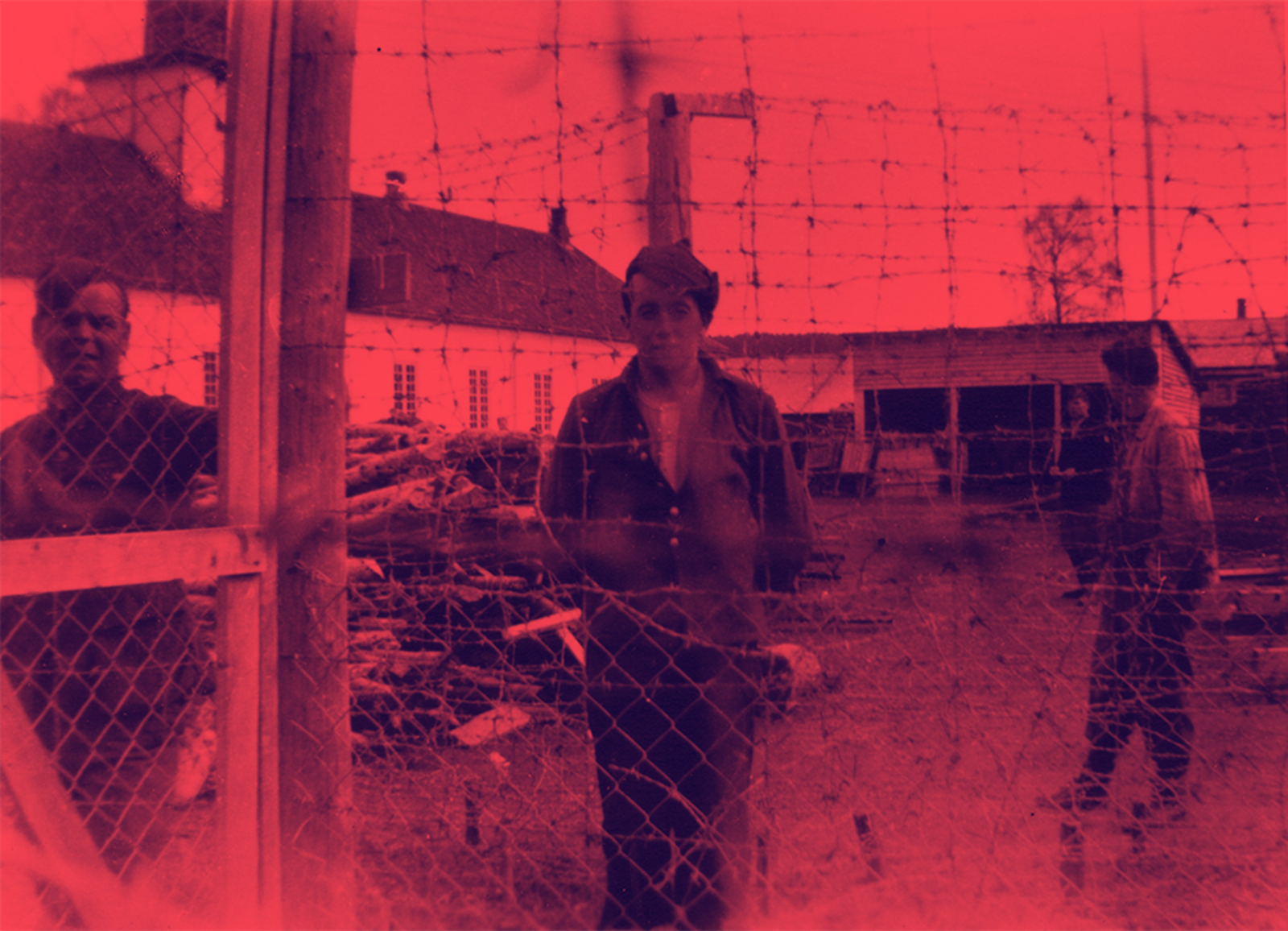The project focuses on the building of railroad between Mo i Rana and Drag (Tysfjord) during the Second World War, the prison camps and the Soviet prisoners of war that worked on the construction. It is a cooperation between the Russian Likhachev-institute, the Norwegian Directorate for Cultural Heritage, Nordland County Council, the Narvik War and Peace Centre, Helgeland museum, Nordlandsmuseet, Nord University and UiT – the Arctic University of Norway.
Introduction
Russia and Norway can look back on 20 years of cooperation on the protection of cultural heritage. As early as 1988 the Soviet Union and Norway formalised a cooperation on environmental protection in the High North and in 1995 cultural heritage protection was integrated. Through the years the Norwegian Directorate of Cultural Heritage has participated in numerous projects with Russian partners and in particular the Likhatsjev National research-institute for environment and cultural heritage.
At the start of 2016 a three year periode of the Working programme for the Norwegian-Russian environmental cooperation started. During this periode the above mentioned partners shall focus on the captivity and forced labour by the Soviet prisoners of war (POW) on the construction of the Polar-railway during the Second World War (WWII). The has been prolonged for the period 2019-2021.
1. Historic background and the main focus of the project
From April 1943 till May 1945 theOrganisation Todt (OT) lead the building of the Nordlandsbanen (Mo i Rana-Fauske) in cooperation the Norwegian State Railway (NSB) and the Polar-Railway (Fauske-Drag). The goal of the nazis were to hinder an allied invasion from Britain by strengthening the defence along the the occupied Norwegian coast by building roads and railways. It was also a goal to provide access to the Soviet Union through Northern Norway, thereby uniting Europe. To realise this forced labour was needed and a total of 55 prison camps were established between Mo i Rana and Drag. The camps were distributed on the six municipalities Rana (14), Saltdal (17), Fauske (2), Sørfold (16), Hamarøy (5) and Tysfjord (1). in total 26 000 POWs were in the camps, out which 1800 were Polish and Yugoslavian, the rest from the Soviet Union. The hard forced labour killed more than 2000 of the prisoners, most of the Soviets.
The main focus of the project will be on the period 1943 til 1945, when the construction of the railroad was active. It will also be on the Norwegian management of the prison camps, the burial sites and memorials in post-war years, primarily till 1951 og focusing particularly on the implementation of “Operation Asfalt” by the Norwegian Government.
The geographic delimitation of the project will be between Mo i Rana and Drag in Tysfjord, focusing on the camps were the prisoners were working directly on the construction of the railroad.
The thematic focus will be on the prison camps and the Soviet prisoners that worked on the construction of the railroad. Thus light will be shed on their history of suffering, in parallell with the reckoning that the participated in the toughest parts of building the technical installations, contributing to the development of much needed infrastructure in the region. Furthermore, the project will focus on what happened to the killed soldiers, where they were buried and how their memory were maintained through the post-war years and today. The management of the camp sites, the burial sites and memorial sites after WWII ended will therefore be an integral part of the project.
2. Goals and target groups
Through investigating the above mentioned themes, the project has as its goals to:
Goal 1: Strengthen and prolong the cooperation between Norway and Russia within this field.
Goal 2: Secure knowledge about the remains after the Soviet POWs that participated in the construction of the Nordland- and Polar-railroad during WWII, such as the prison camps, burial sites and memorial sites.
Goal 3: Highlight and tell this history.
Goal 4: Honour the memory of the Soviet POWs.
The target groups will be numerous, as the theme is a vital part of both local, national and international history. On the Russian side, descendants and relatives of the POWs is an important target group, particularly keeping in mind the honouring of the memory of the prisoners. On the Norwegian side it is important to reach out to the local population, as the history of the prison camps has been a part of their local history for the last 70 years. Common to Russia and Norway is that it is essential to reach out to pupils and students in schools and universities with the particular goal of bringing this knowledge and recognition to future generations. Consequently, it will also be a goal to reach as many tourists as possible.
